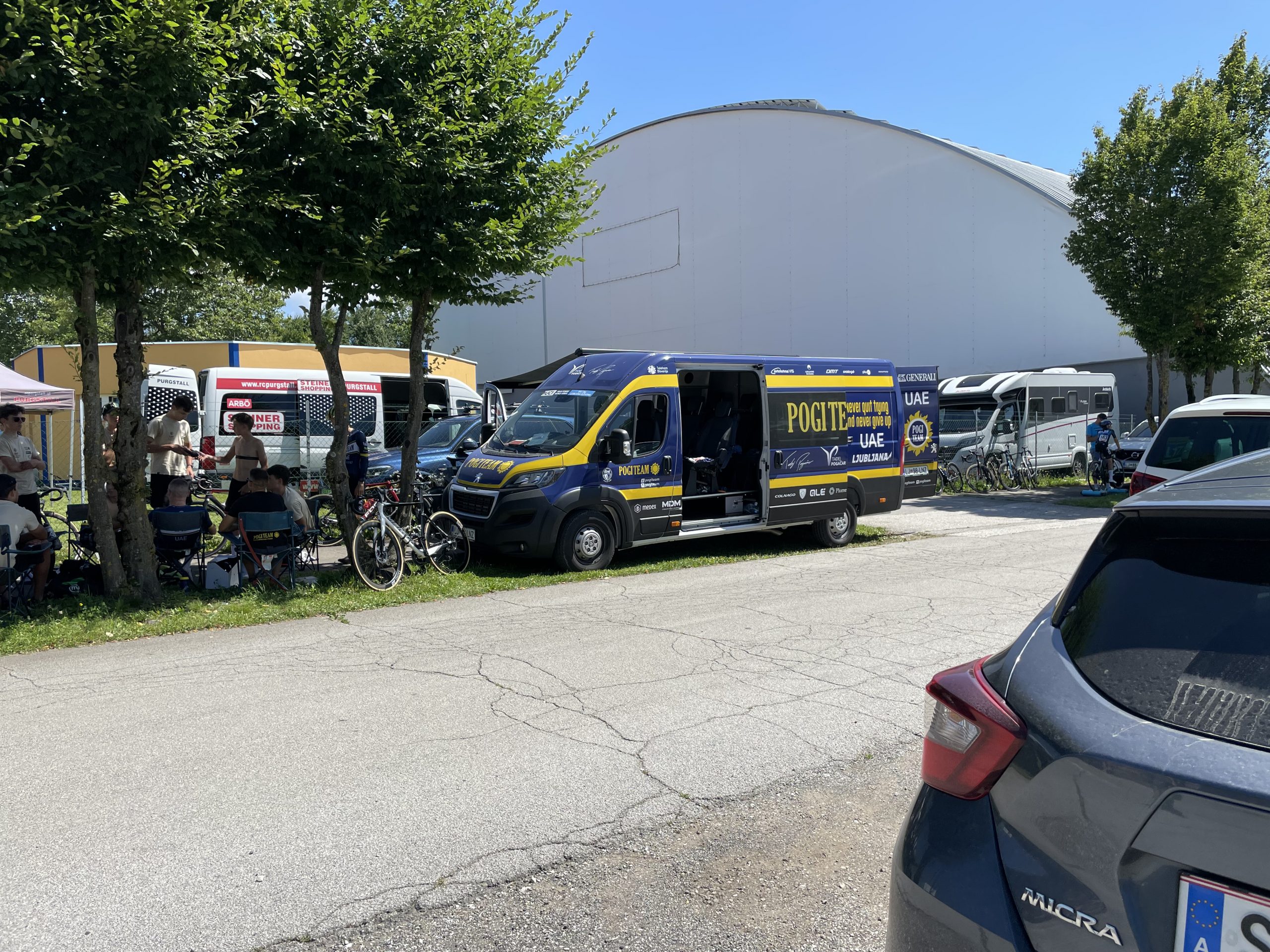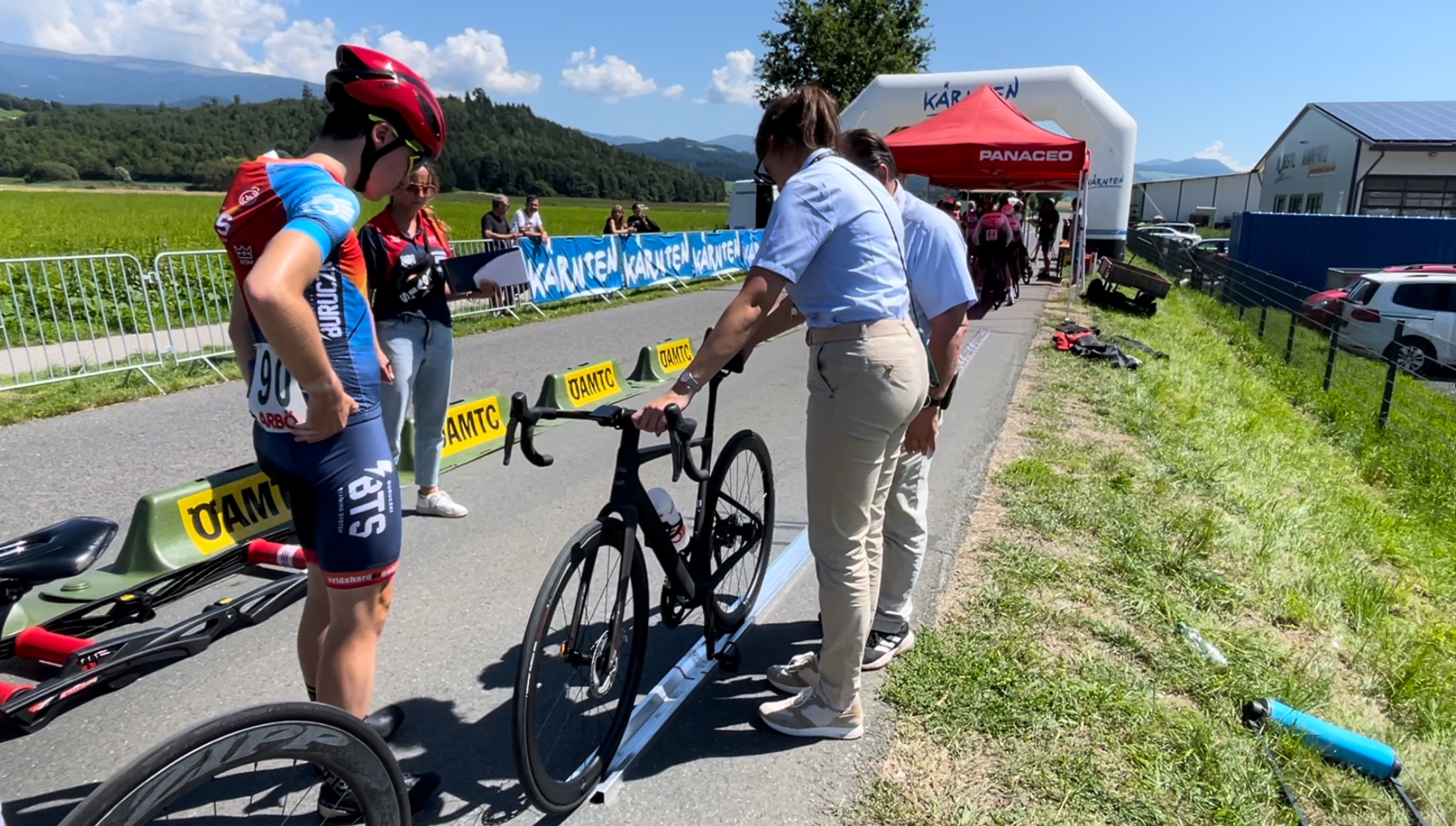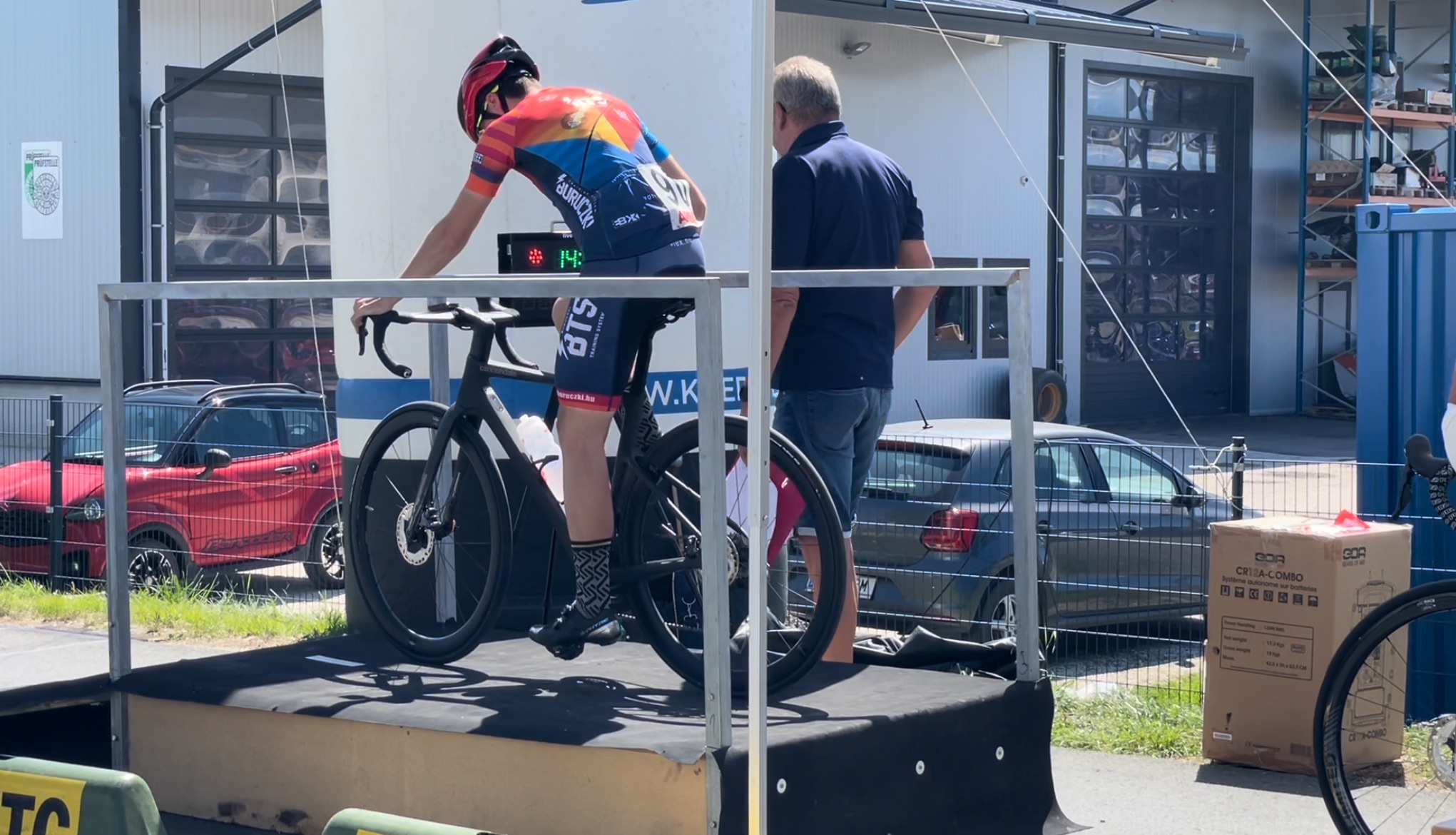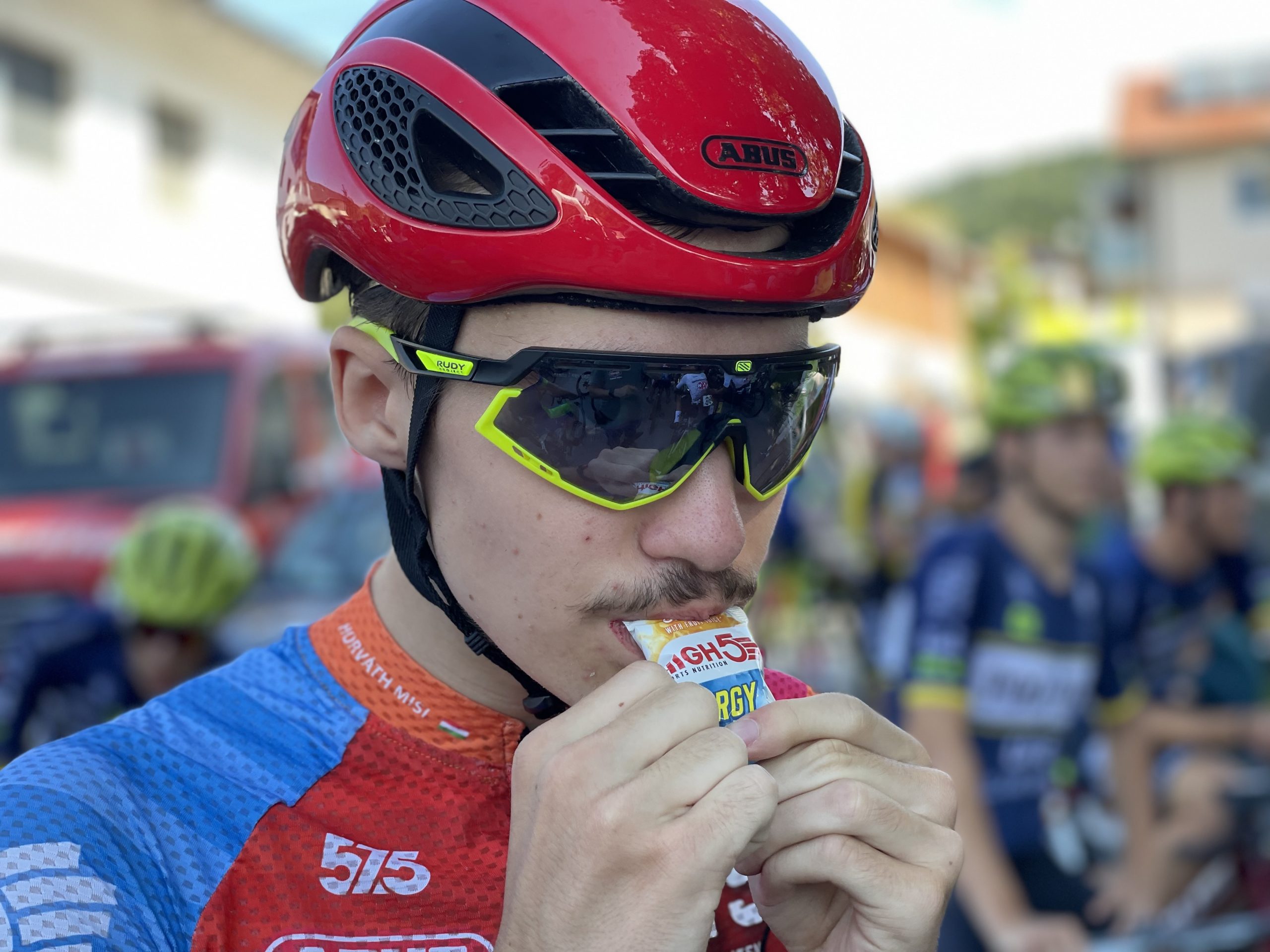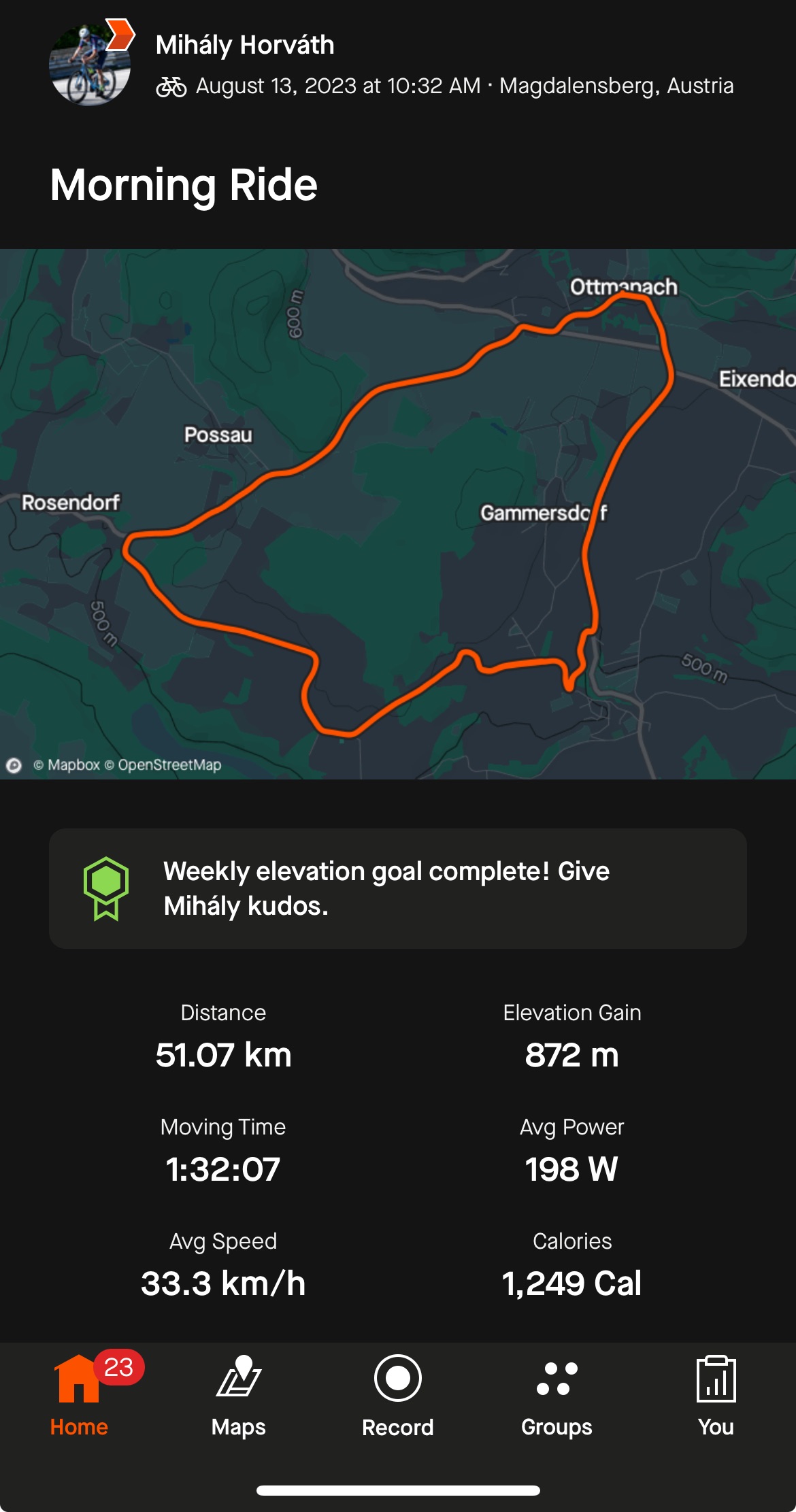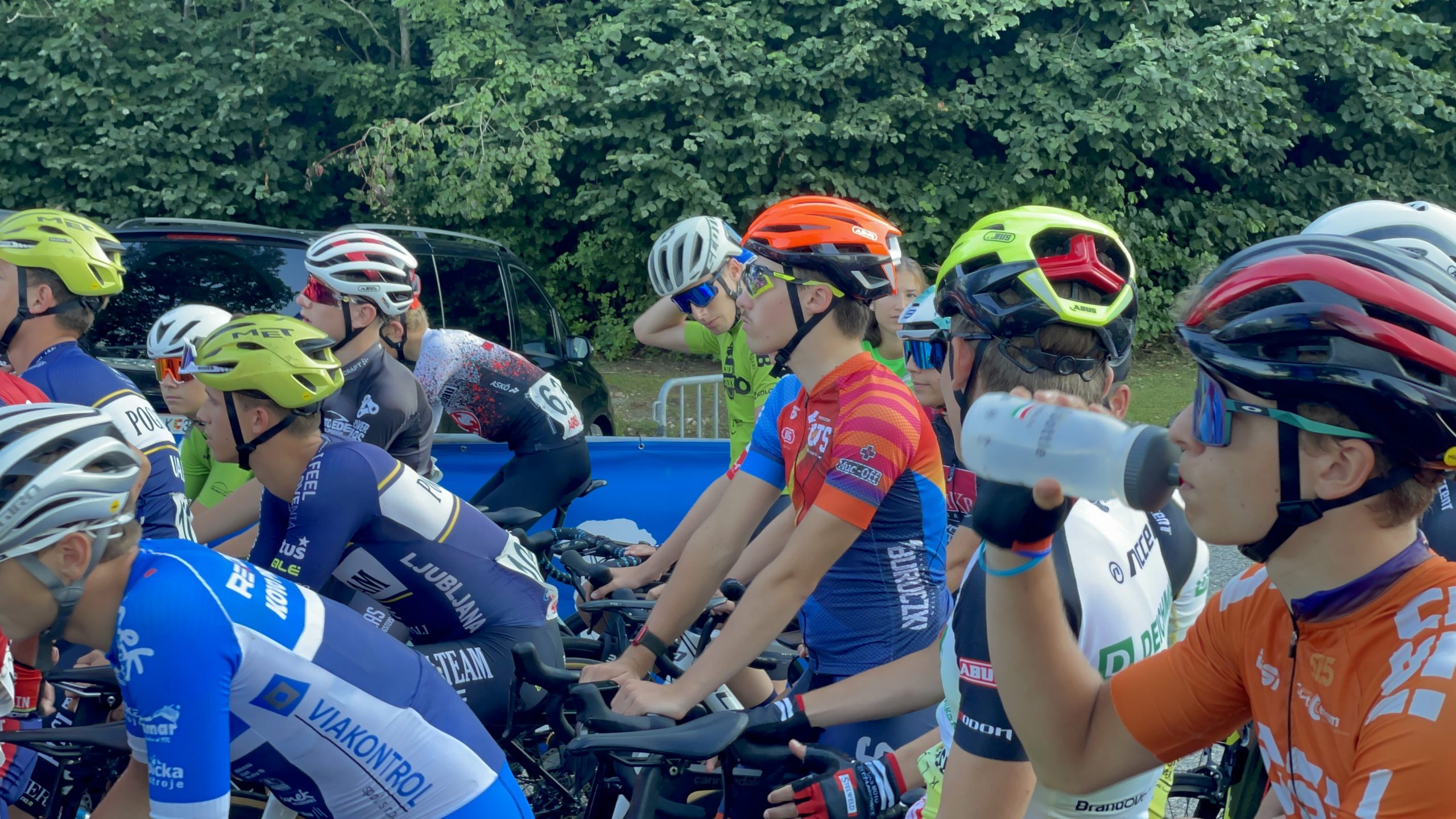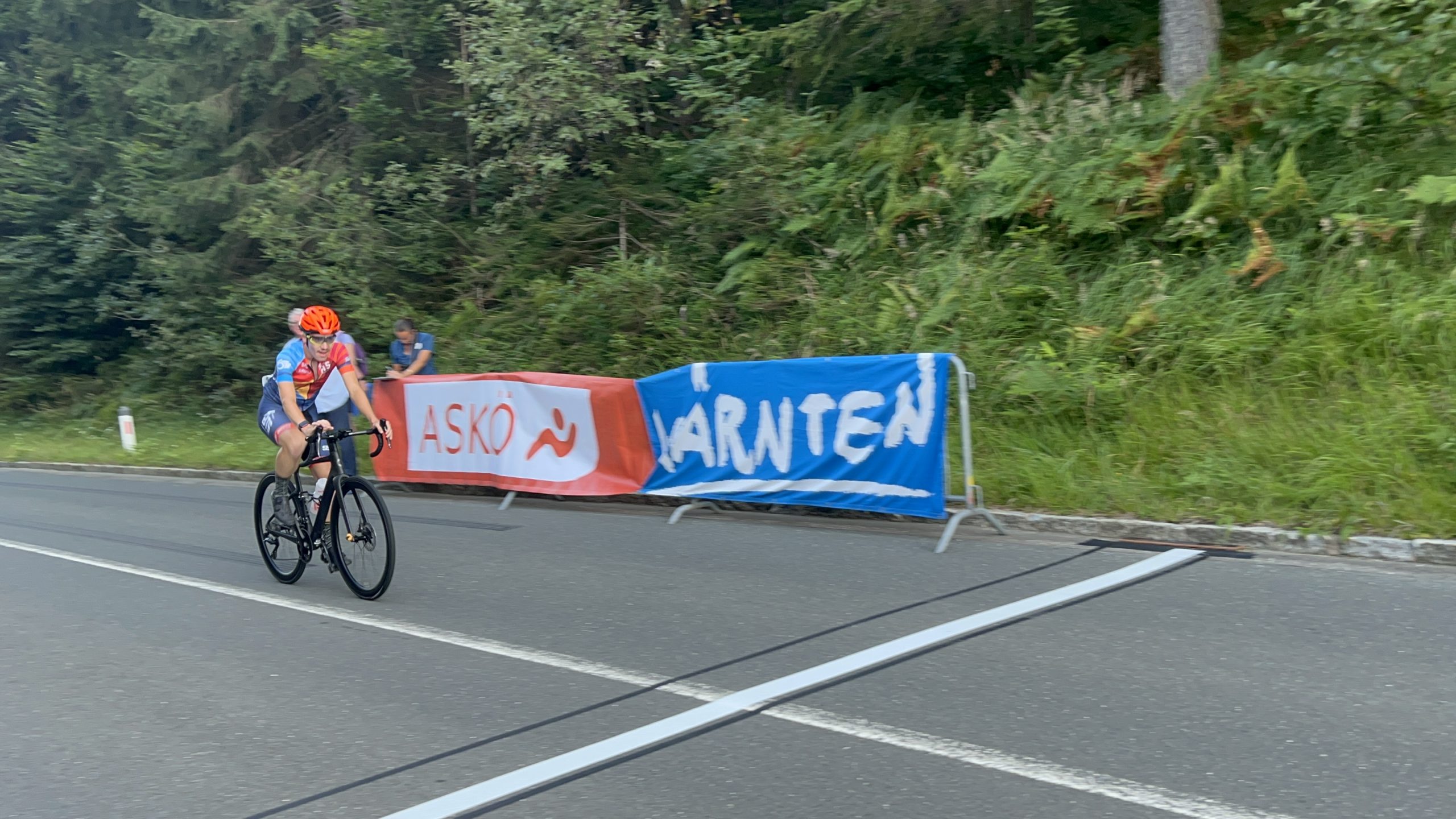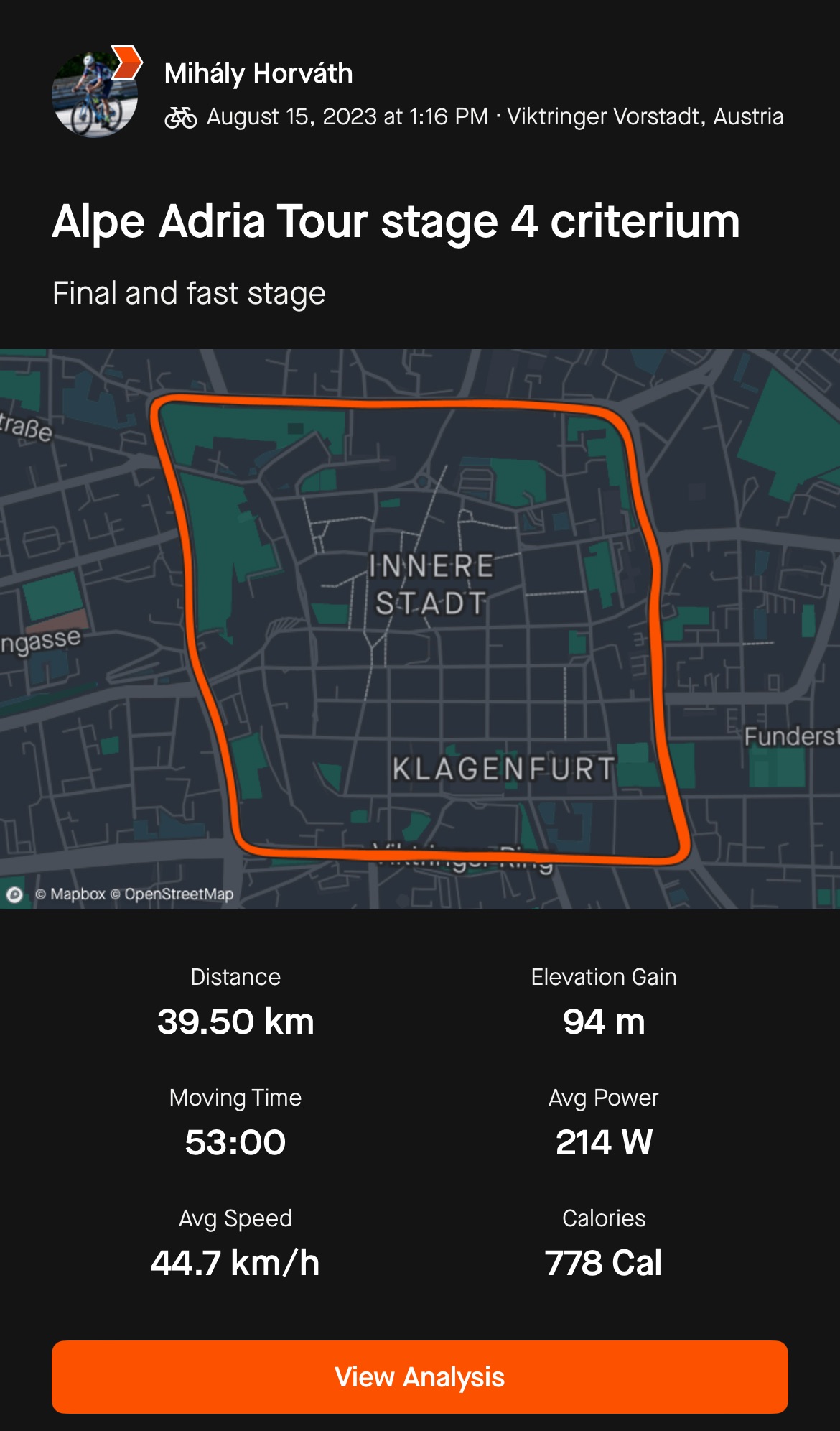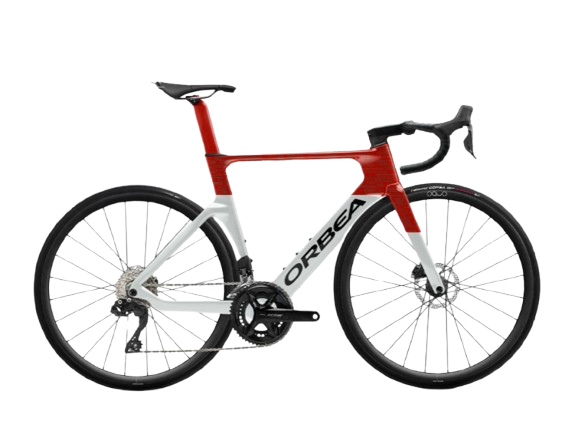The Alpe Adria Tour 23 was my first international race, and I’ll never forget it. Over the course of this four-day event, I experienced so many things I would absolutely love to see in races back home. Where do I even begin?
This is a prestigious international race, featuring teams like Pogi Team, the entire Polish national team, countless strong Austrian and Slovenian squads, as well as Czech and Slovak riders, and even competitors from the Middle East. From Hungary, DKSI and Erdős Dani from MBH were there. My parents signed me up, and I was the only one from BTS since I was the only U17 rider on the team.
Every single moment of those four days was unforgettable.
I’ve never experienced such a well-organized race before. Although we received all the information well in advance via email and everything was kept up-to-date on the website, we could still register for the race’s WhatsApp group when picking up our race packs. This meant that any ad-hoc information was instantly available. There were no moments of confusion or hesitation—everything ran smoothly.
The organizers, easily identifiable in red shirts with the race logo, moved among us, speaking fluent English and German, and were always ready to help if we had any questions.
The head organizer, Paco Wrolich, was impressively fluent in German, English, Slovenian, and probably any other language spoken to him. He always had a smile, was approachable, and seemed to know everything happening at all times.
We were given active chips to attach to our bikes. This chip had to stay on the bike for all four days of the race—no need for the usual chip-on-number-card system. As soon as we finished a lap, the exact timing appeared instantly on the race timing website, showing who crossed the checkpoint and when. The awards ceremony took place just minutes after the finish.
The opening day began with a time trial. In U17, we were strictly limited to traditional road bikes—TT bikes were completely out of the question. There was a maximum wheel rim height, and the use of aero bars was also prohibited. It was a straightforward road setup, and of course, the dreaded gearing restriction that follows everyone through to the end of U17 was enforced.
The time trial went better than expected. The distance was 11 km, and I completed it in 15:35, finishing 17th in a very strong international field of 62 riders. I was also the fastest Hungarian competitor. Not a bad start!
In the evening, I quickly ate what Gergő Gönczy nutritionist had prescribed for me and went to bed early because the second day’s event was a road race.
Unfortunately, there must have been something wrong with the chicken, as I had stomach cramps all night and barely got any sleep. It was a rough night. But by morning, I felt better, took some probiotics, and felt strong enough to line up for the race.
The distance was 51 km with 872 meters of elevation. I finished in 1:31:54, averaging 33.3 km/h, and with an average power output of 198 watts, including zeros. I ended up 41st out of 62 riders for the day, and 39th overall.
Looking at it realistically: it was my first international race, in an impressively strong field, with barely any sleep and an almost empty stomach, but my legs felt good. I learned a lot from the day, and it’s great to race in such a high-level field.
I was looking forward to day 3.
Day 3:
In the week before the race, there had been heavy rainfall in the region, with the river in Klagenfurt even overflowing its banks. For a while, it seemed like the race might be in jeopardy, but eventually, the floodwaters receded. However, the mountain stage for day 3 had to be relocated because the torrents of water damaged the original route.
As a result, the stage was moved to a different location and held in the afternoon. The organizers didn’t want to compromise on safety, and the local police could only provide enough officers to secure the course in the afternoon. While some might see this as an inconvenience, it was clear that they were prioritizing our safety above everything else, and we greatly appreciated that.
This stage may have looked short, but it was intense. A 6.7 km climb with 419 meters of elevation—it had quite the bite.
We were called to the start in order of our standings, so I didn’t get the best starting position, but that wasn’t a problem. I led a group for most of the race. I would’ve preferred if the others also took turns at the front, but I realized that wasn’t going to happen. In poker, if you can’t spot the sucker, it’s you. I had to admit they were much more experienced than me, and I’ll need to learn the art of strategy. But since I was already there, I kept going.
As expected, everyone made their move from my slipstream at the end, and I crossed the line solo, just a few meters behind the group. My time was 20:37, with an average power of 310 watts (including zeros). I finished 24th out of 62 riders on this stage, moving up a bit in the overall standings to 35th. It was a solid result, and once again, I gained valuable experience.
I was still really enjoying the race.
The fourth day’s race was a criterium held in the heart of Klagenfurt. Once again, everything was organized with clockwork precision. I’ve never seen anything like it, and we have some excellent races at home, but this was on another level.
We had to complete 12 laps, totaling 40 kilometers. I finished in 52:48, which gave me an average speed of 44.7 km/h and an average power of 214 watts (in the slipstream). With this, I moved up to 33rd overall out of 62 riders. I thoroughly enjoyed the race and the finish. For my first international race, I didn’t expect a better result, and I felt comfortable throughout.
I’d gladly return to this race any time. I’ll never forget the valuable experience I gained here! Many thanks to the organizers!
